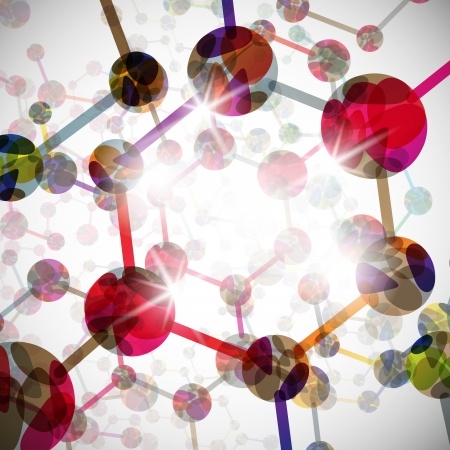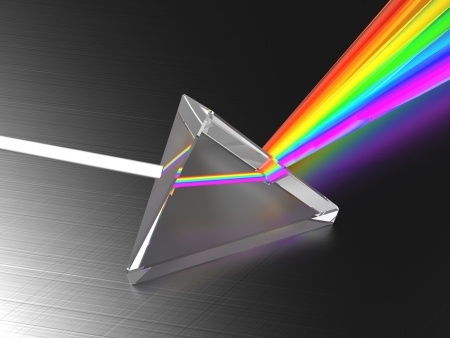Maximizing students’ ability to retain information; pain promoter acts as pain reliever; communicating science effectively; long lasting batteries; light pillars in Northern Ontario; 50 years of Mars exploration; new recipe for giant black holes – just a few of the themes in today’s eclectic collection of SciNews. Share these stories with your students and get them excited about science.
SciNews is published twice weekly. Stay tuned for more.
 Biology
Biology
The science of studying: How students can put their brains to best use. CBC
It’s that time of year again: exams are here and students around the country are busy trying to cram as much information into their brains as they can.
Trying to retain several months’ worth of information in a stressful situation can be challenging. Science offers some tips, however, on how students can maximize their ability to retain information. Read more…
Pain promoter also acts as pain reliever. Science News
A protein that sounds the alarm when the body encounters something painful also helps put out the fire.
Called Nav1.7, the protein sits on pain-sensing nerves and has long been known for sending a red alert to the brain when the body has a brush with pain. Now, experiments in rodent cells reveal another role for Nav1.7: Its activity triggers the production of pain-relieving molecules. The study, published online January 10 in Science Signaling, suggests a new approach to pain management that takes advantage of this protein’s dual role. Read more…
Chemistry

We Must Learn How to Talk about Science—Fast. Scientific American
Today in Washington, the National Academies of Sciences, Engineering, and Medicine are convening a public discussion of their December report on communicating science effectively. It could not come at a more relevant moment, the day confirmation hearings begin for the President-Elect’s cabinet choices. Arguably it should have happened long before, as we find astonishing disdain for evidence-based thinking among many of the leaders and their advisors who are now taking the reins of government. Read more…
Better batteries charge forward. ScienceNews
Everybody wants more power from their batteries. Smartphones and laptops always need recharging. Electric car drivers must carefully plan their routes to avoid being stranded far from a charging station. Anyone who struggles with a tangle of chargers every night would prefer a battery that can last for weeks or months. Read more…
Physics
Photographer captures amazing ‘light pillars’ phenomenon in North Bay, Ont. CBC
A northern Ontario man was surprised to wake up in the middle of the night to see beams of brightly coloured lights shooting up into the sky.
“We can blame the two-year-old. He started crying at 1:30 a.m., so I got up and soothed him … and out the window I had the perfect view of these dancing lights in the sky,” said Timothy Joseph Elzinga. Read more…
Earth and Space Science
NASA’s 50 Years of Mars Exploration [Video]. Scientific American
Humans have been visiting and exploring Mars for more than half a century, and NASA has released a video celebrating the agency’s remarkable contributions. Read more…
Observations hint at a new recipe for giant black holes. Science Mag
Here’s a thought experiment that has unsettled astrophysicists: Start the clock at the beginning of time. Form a black hole in the usual way, through the collapse of a massive star. To make it grow, force-feed it with gas, which will resist being devoured by heating up and dispersing as it nears the black hole’s maw. Try to grow a black hole fast enough to explain the ones that existed in the real universe when it was just a billion years old: monsters a billion times the mass of the sun that drive the powerful beacons called quasars. Read more…



